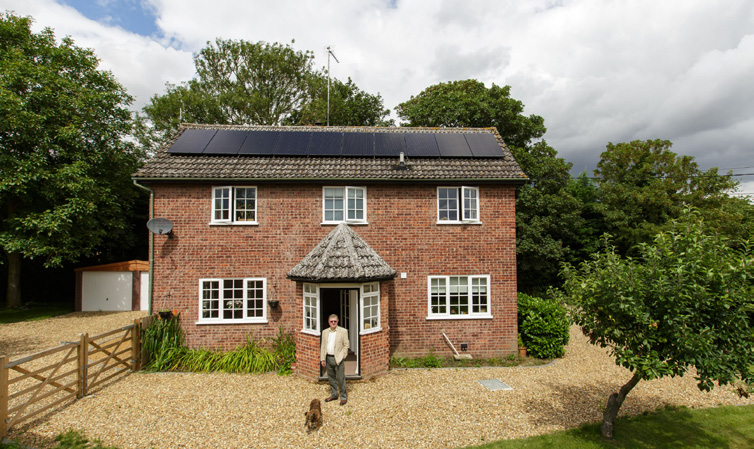Welsh Housing and Regeneration Minister Rebecca Evans announced at the UK Finance Annual Cymru Mortgage Lunch, that energy efficiency calculations will be included in the countries Help-to-Buy-Wales housing loan scheme.
As of June, buyers intending to acquire property with a higher energy efficiency rating will benefit from being able to borrow a larger loan, compared to those buying a less energy efficient property.
Wales will be the first government to implement this scheme after the Building Research Establishment’s (BRE) Lenders group modelled the scheme and calculated the benefits. BRE is said to be one of the world leading institutes of researching buildings and policy around housing to create improved standards and guidelines, such as the project in question.
The scheme considers that an energy efficient building will reduce householder utility bills, which in turn means that buyers can afford to draw on larger loans.
While this is not an incentivisation scheme for residential PV as such, it could very well work like one. Households consuming their own solar energy or feeding it into the grid is effectively reducing their energy bills, which will be accounted for in the loan offer.
The government funded research found that if the UK energy efficiency standard of A-G was factored into the lending criteria, buyers could borrow up to £11,500 more than if it wasn’t. The Lenders group used data from 40,000 properties to model the scheme.
So far mortgage lenders use data regarding energy bills from the Office for National Statistics and costumer-based energy data to adapt the lending offer, but this completely excludes energy efficiency assets of a building. And a rooftop solar PV array would be calculated as a liability rather than an asset.
“Whilst there is no obligation on mortgage lenders to change existing practices or their own affordability assessments, we hope to see them follow our lead and make energy efficiency part of the mortgage consideration for all homebuyers in Wales.” says Rebecca Evans, Housing and Regeneration Minister of Wales.
The scheme does not necessarily mean that borrowers will take out larger loans. Instead, the changed perception of value implied by the larger loans one could get, lets buyers gravitate towards more energy efficient homes.
Recently, the Welsh government issued a public statement, petitioning the UK government for increased support for the development of wind and solar assets. Last year, Welsh solar installations declined significantly and its government voiced concerns regarding compliance with its 2050 climate goals. The government also sees important job generation in the renewable energy sector, a point of concern after the Brexit vote.
This content is protected by copyright and may not be reused. If you want to cooperate with us and would like to reuse some of our content, please contact: editors@pv-magazine.com.




By submitting this form you agree to pv magazine using your data for the purposes of publishing your comment.
Your personal data will only be disclosed or otherwise transmitted to third parties for the purposes of spam filtering or if this is necessary for technical maintenance of the website. Any other transfer to third parties will not take place unless this is justified on the basis of applicable data protection regulations or if pv magazine is legally obliged to do so.
You may revoke this consent at any time with effect for the future, in which case your personal data will be deleted immediately. Otherwise, your data will be deleted if pv magazine has processed your request or the purpose of data storage is fulfilled.
Further information on data privacy can be found in our Data Protection Policy.